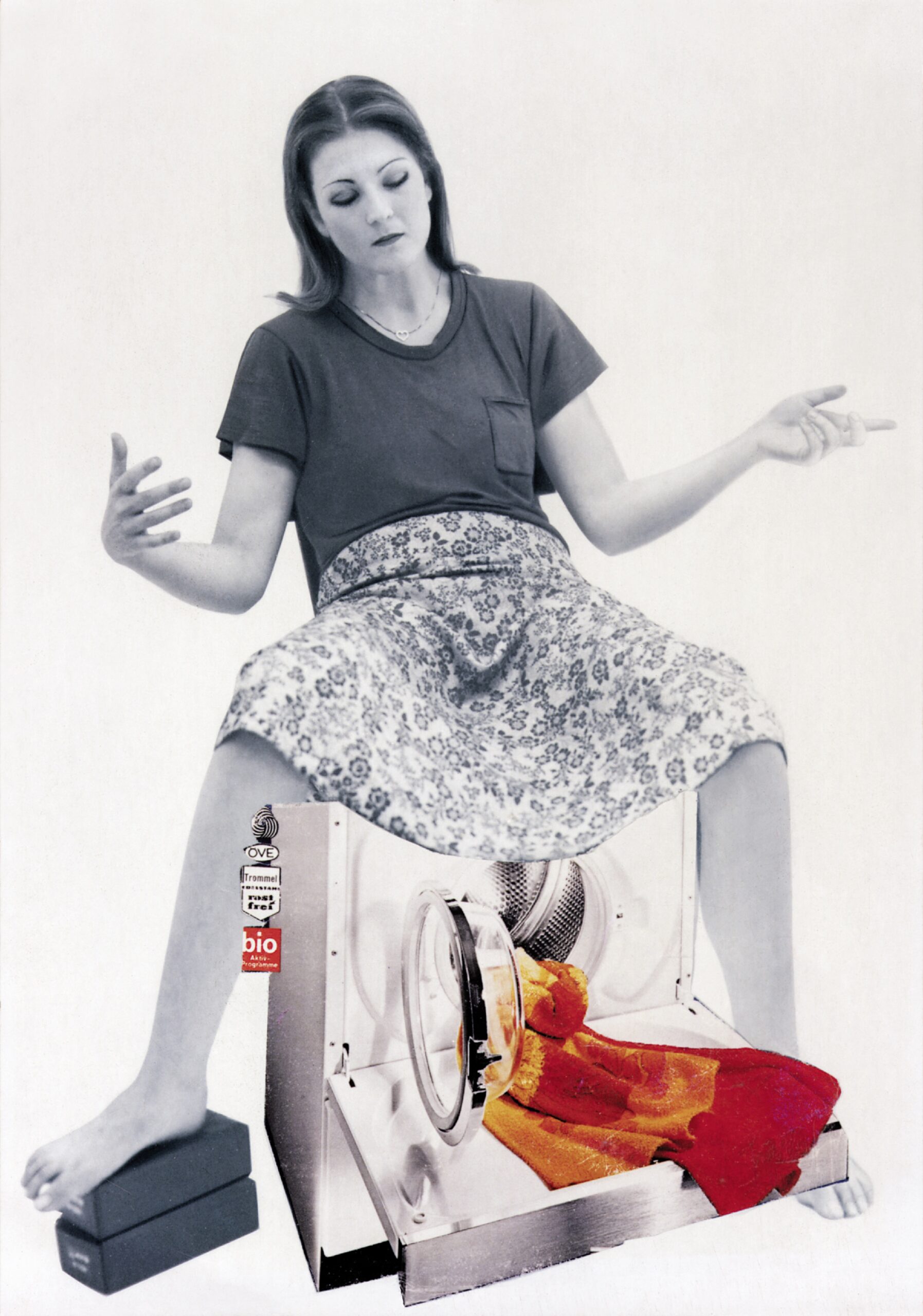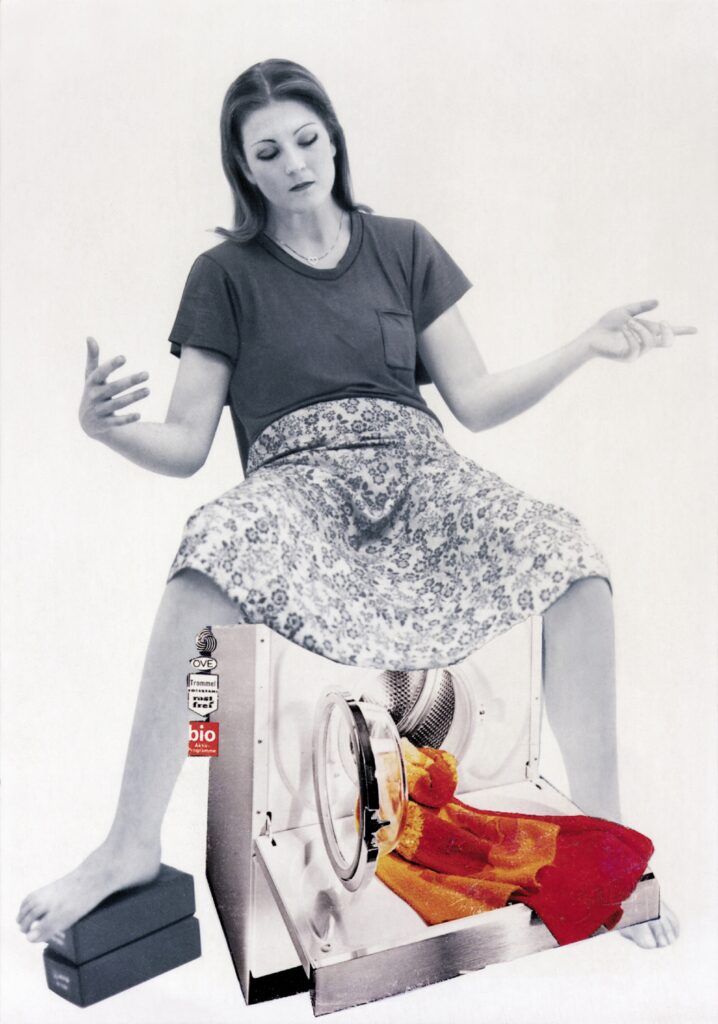
For decades, women were told that they couldn’t be both artists and mothers. However, a new exhibition at Midlands Arts Centre, ‘Acts of Creation: On Art and Motherhood’, has brought together more than 100 modern and contemporary artworks that collectively challenge that outdated view.
Motherhood as a theme is not missing from art history. The likes of Auguste Renoir portrayed it as a blissful state of bonding between maternal-looking women and their rosy-cheeked infants, who could be rocked to sleep within minutes, and just in time for their portrait to be painted.
‘Acts of Creation’ offers another perspective, told through the gaze of women who know better. Four carefully themed displays – Creation, Maintenance, Loss and The Temple – present multitudinous views of motherhood, drawing on its joy, fulfilment, anxiety and conflicts.
One of the first images in the show is Sally Mann’s photograph, ‘Emmett’s Bloody Nose’, 1985, in which her son stares at her, his nose a bloody mess. Through her lens, childhood can be violent, as well as innocent. A mother’s job is to clean it up and, in the case of an artist, capture it. At a time when all parents must choose the extent to which they create and share content of their children online, Mann’s images take on new relevance.
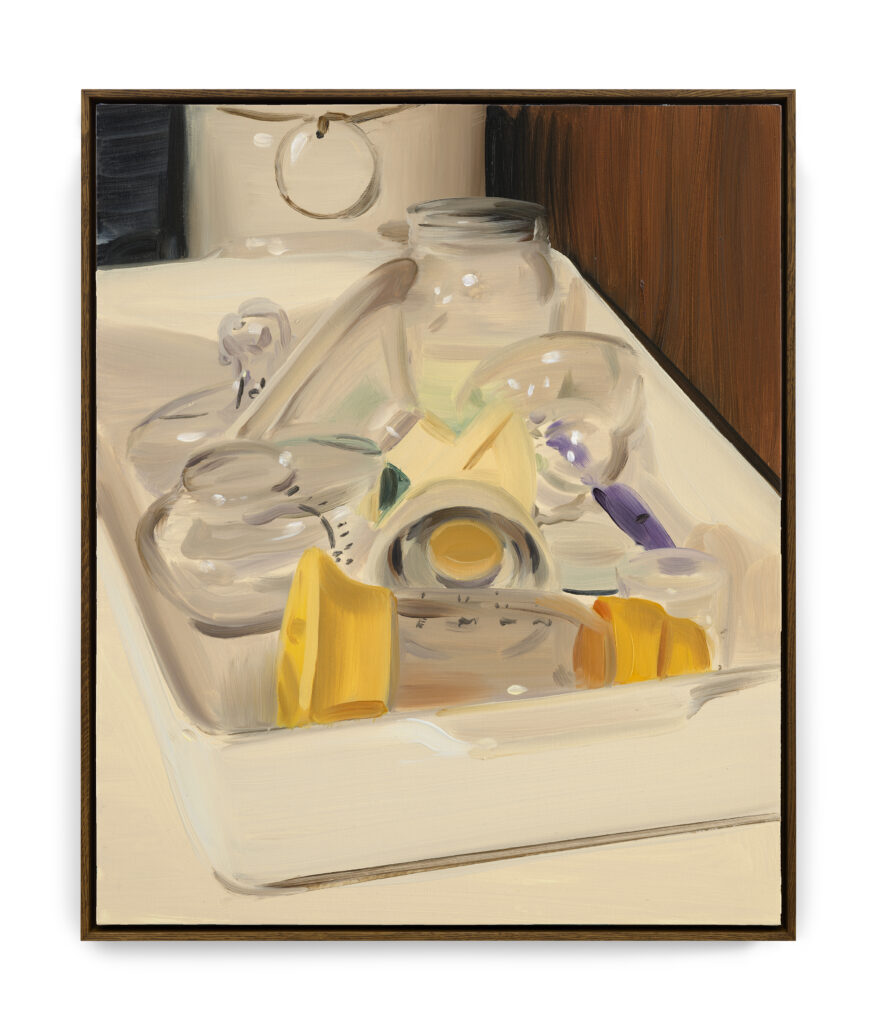
Meanwhile, figures may be absent from Caroline Walker’s ‘Bottles and Pumps’, 2022, but this crowded still life acts as a portrait of mother and child. Painted plastic bottles and pumps drying on a draining board, jostling for space, point to the repetitious nature of caring for a baby.
Another artist who has mused on motherhood’s tedium is Leni Dothan. Her looped video ‘Sleeping Madonna’, 2011, shows the artist slowly falling asleep while breastfeeding her baby. The piece deliberately evokes Renaissance images of Madonna and child, enhanced by the ultramarine wall it’s displayed against.
However, Dothan has subverted this idealised iconography with her performance to camera. “I felt so far away from where I was supposed to be”, she says, adding that she only later recognised that she was suffering from post-natal depression. Wanting to represent her lived experience, she sought to develop “a new iconography of mother and child, beyond the Pieta”.
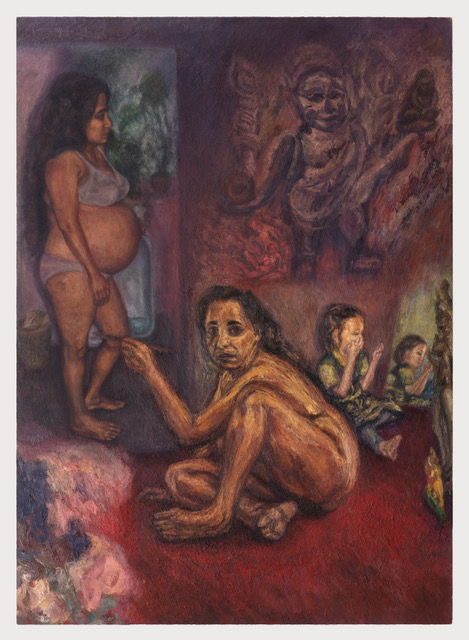
Jai Chuhan has also rejected romanticised versions of motherhood in her ‘Self portrait’, 1995. Typically, Western male artists have presented women as either sexualised muse or sacred mother. But on her thicky painted canvas, Chuhan appears as artist, mother and nude model, staring in exhaustion at the viewer. Brush in hand, she paints a younger, pregnant version of herself accompanied by her daughter and a collection of ancient goddess statues.
Given her Indian heritage, Chuhan explains that this narrative painting not only connects creativity with motherhood but shatters taboos: “For years I never told anyone about it. I thought I was being transgressive, as the nude body is still shocking in South Asian culture”.
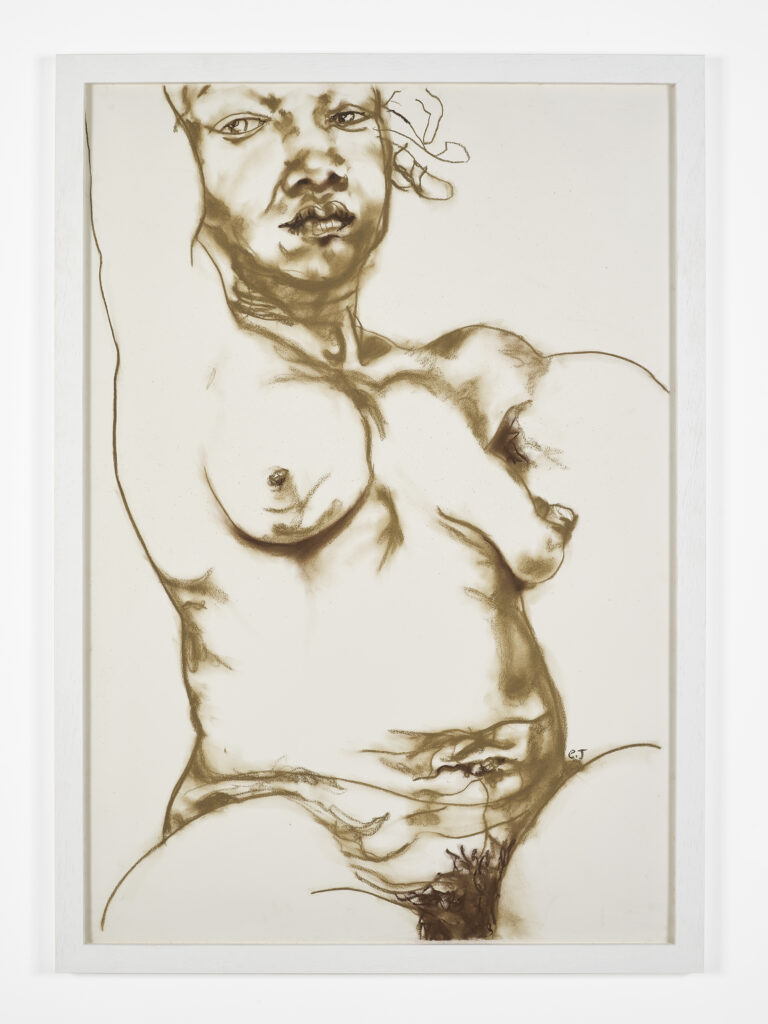
Bodies are centred in this show, which doesn’t censor stretch marks, surgical incisions or stitches. In ’Afterbirth’, 1990, Claudette Johnson, has reflected on the changed state of her belly since giving birth, proudly adding wandering lines to her bare skin for the viewer to see.
This exhibition, too, gives a platform to women artists who have wanted children but have faced fertility issues. A particularly moving artwork is Jessa Fairbrother’s ‘Role Play’, 2015, in which she is seen pretending to be a mother while thinking of her own, whom she had recently lost, and trying to connect these pieces through a hand-stitched quilt. Her needle draws out personal pain, while the object “stands for women who might otherwise be invisible”.
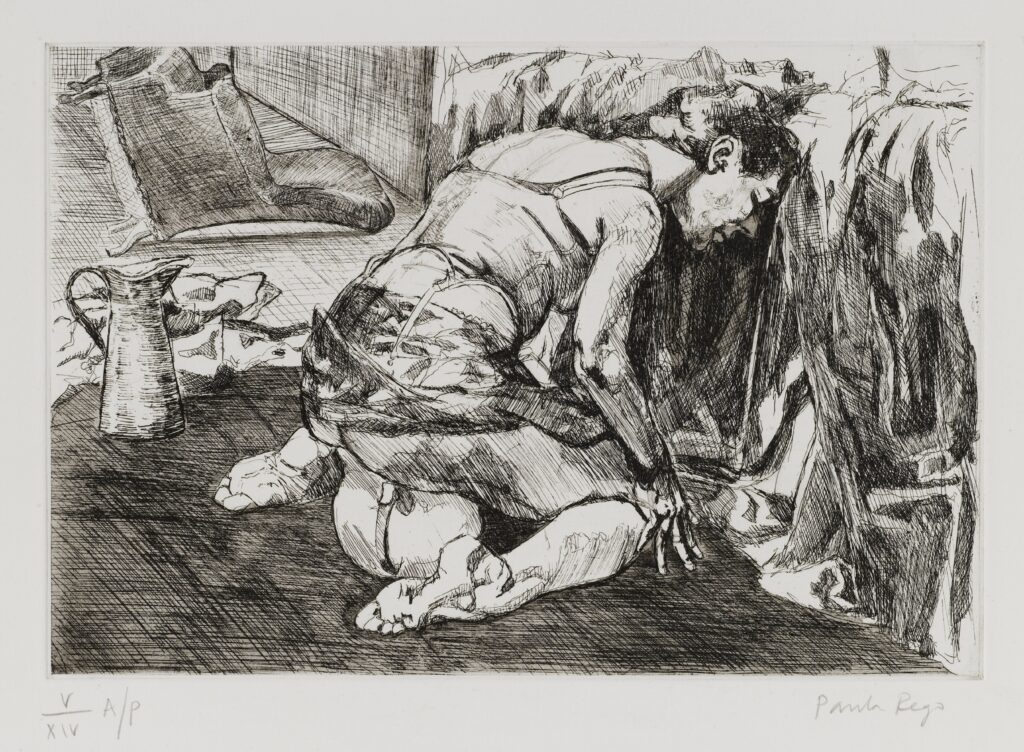
Giving visibility to another taboo subject are three etchings by Paula Rego. In 1998, a referendum to legalise abortion in Portugal had failed, so she depicted women kneeling and lying down in backstreet clinics, to highlight the fear and dangers of making abortion illegal. The effect of these visceral images was so powerful that they helped sway public opinion to form a second referendum in 2007.
On the wall opposite is Birmingham-based artist Su Richardson’s ‘Heartstrings (what becomes of the broken hearted)’, 2022. Woven into the soft sculpture is a card and bib given to the artist by a friend whose baby was forcibly adopted – her textile acts as a powerful tribute to thousands of women coerced into handing over their children.
“Although motherhood is in the title, I wanted to expand that term to include anyone who has had to worry about being pregnant, or not”, says Hettie Judah. “I really hope that this show represents the greatest diversity of motherhood and that people feel seen by it”.
Great exhibitions allow us to make sense of our lives, and I’m sure that ‘Acts of Creation’ will do just that for many viewers. Not only does it successfully assert artist mothers as important cultural figures but presents the complexities of motherhood. This defiant exhibition – along with the brilliant book that accompanies it – opens a compelling new chapter in art’s story.
Curated by Hettie Judah with Hayward Gallery Touring, ‘Acts of Creation: On Art and Motherhood’ runs until 29th September at MAC. The exhibition includes a programme of events and workshops, which can be found at macbirmingham.co.uk.
